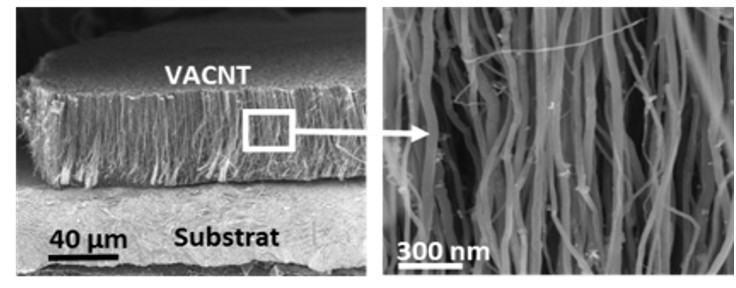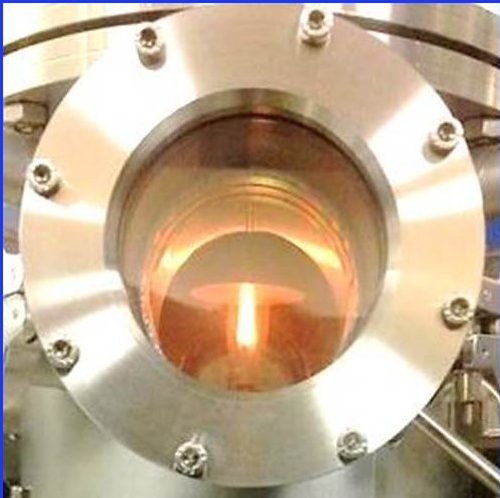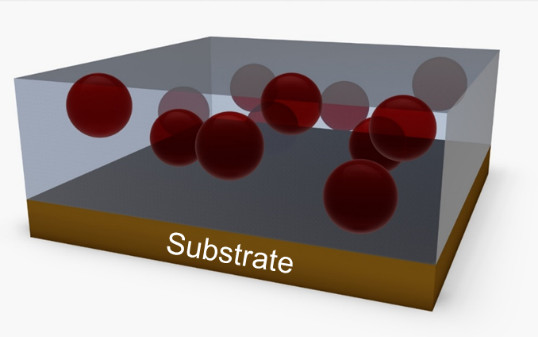CVD Synthesis : Carbon Nanotubes and Graphene
CVD (Chemical Vapor Deposition) from aerosols is one of the catalytic CVD methods. This method is based on the catalytic decomposition of a liquid or gaseous hydrocarbon, such as toluene or acetylene, in the presence of a metallocene such as ferrocene. The specificity of the process developed at LEDNA lies in the fact that it is accomplished in a single step.

Laser Pyrolysis
The laser pyrolysis appears is a promising and versatile method allowing the production of high purity nanoparticles using the gas phase synthesis, ensuring well-defined chemical composition, morphology and crystallinity.


Physical Vapor Deposition (PVD)
ALICE (Aerodynamic-Lens based Innovative Co-deposition Experiment) is an original and safe-by-design method for the elaboration of nanostructured coatings composed of nanoparticles embedded in a matrix.




